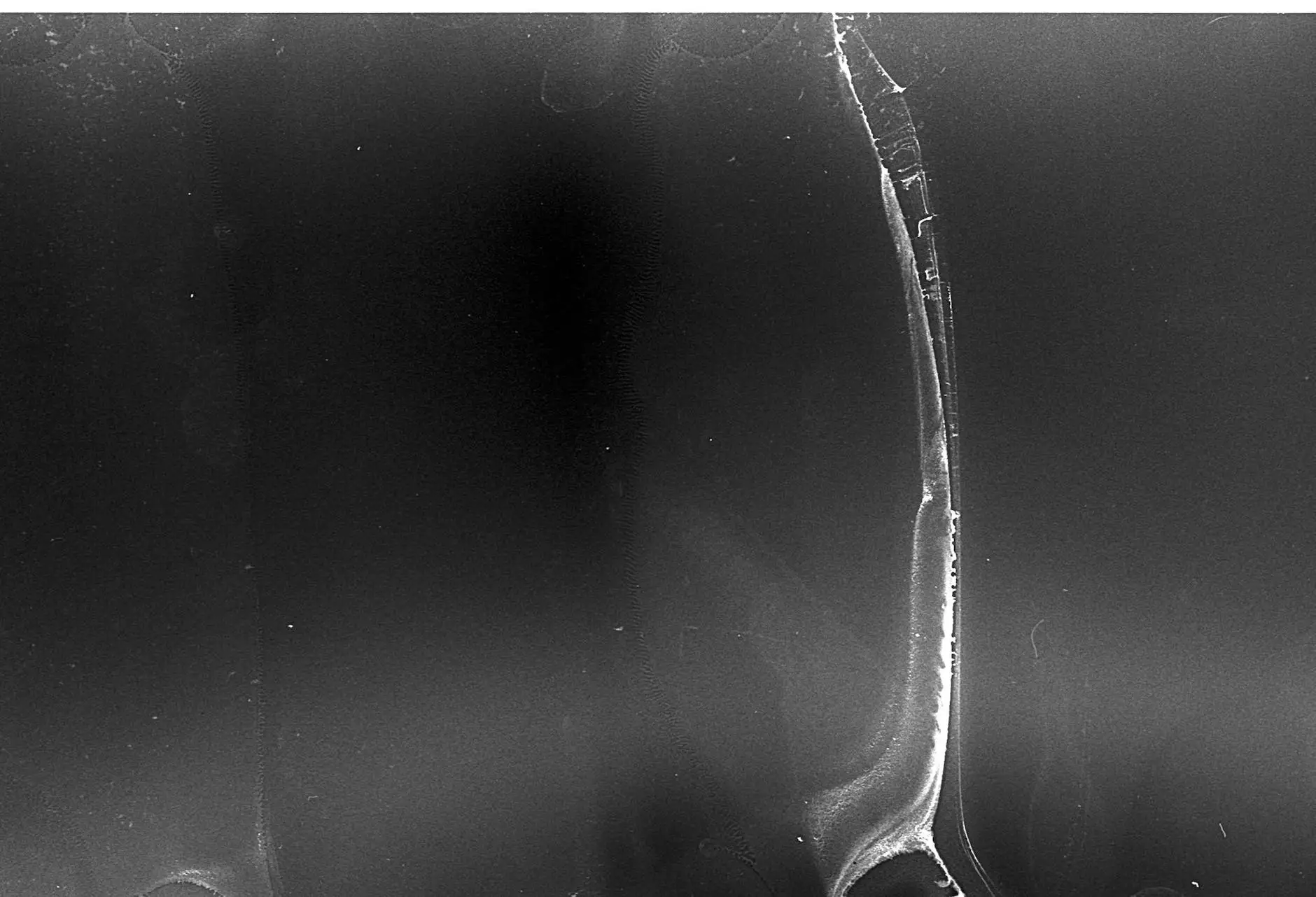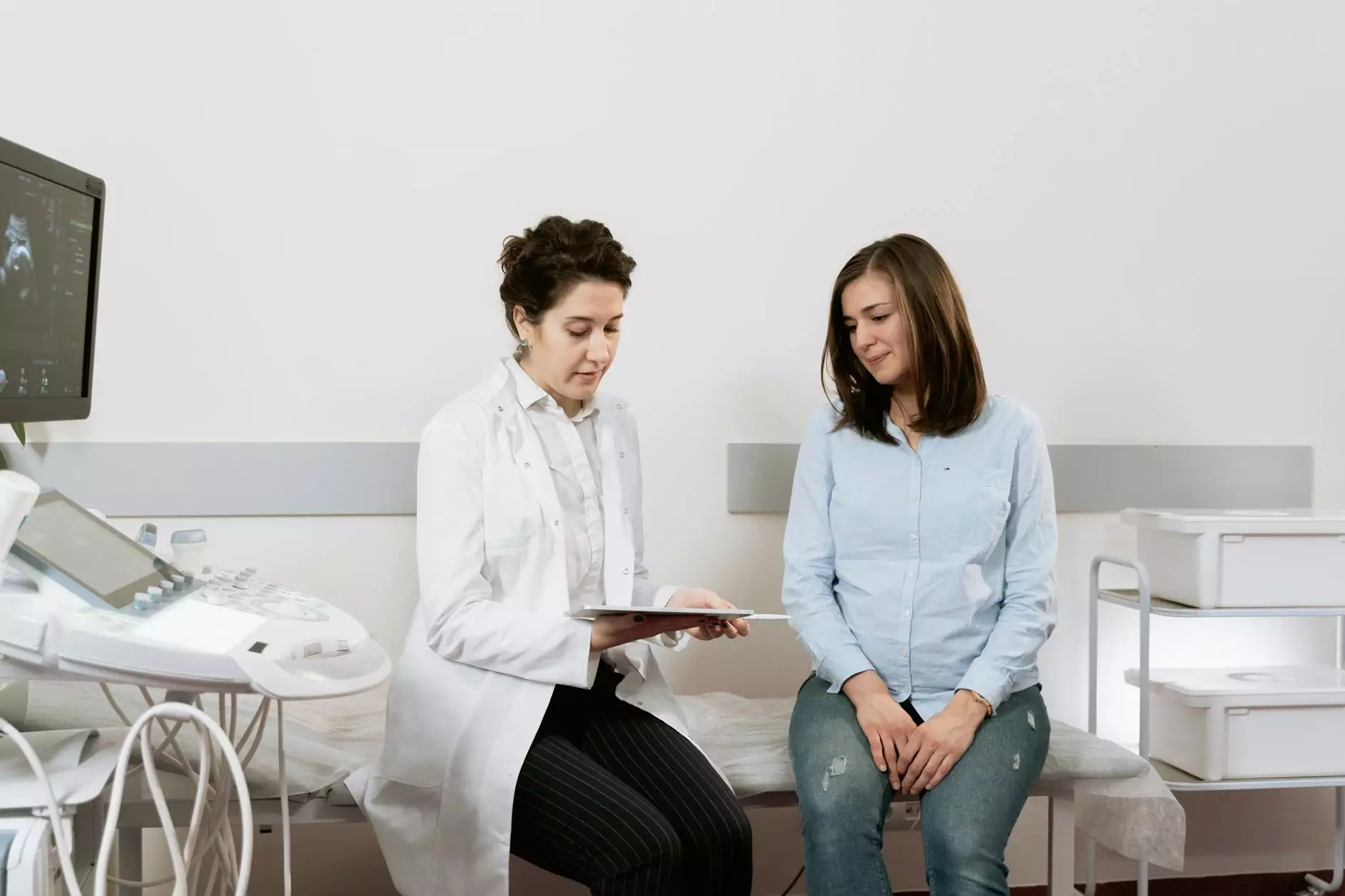Conozca su cuello: la columna cervical - Health Library
Health Library
Understanding Your Cervical Spine
Welcome to the Health Library of Furstenberg Michael Dr, where we aim to provide you with in-depth insights into the complex world of your cervical spine. The cervical spine, commonly known as your neck, plays a crucial role in maintaining overall health and well-being. In this comprehensive guide, we will explore various aspects of your cervical spine, including its anatomy, common conditions, and available treatment options.
Anatomy of the Cervical Spine
Let's delve into the intricate details of your cervical spine's anatomy. Composed of seven vertebrae, the cervical spine extends from the base of your skull to the top of your thoracic spine. These vertebrae are connected by intervertebral discs, joints, ligaments, and muscles, enabling the neck's flexibility and support for the head.
The topmost vertebra, called the atlas (C1), allows for the nodding motion, while the axis (C2) permits the rotation of the head. The remaining vertebrae provide support, protect the spinal cord, and facilitate crucial functions for your upper body and limbs.
Common Conditions of the Cervical Spine
Understanding the potential conditions that can affect your cervical spine is paramount for maintaining good health. Let's explore some of the most common ailments that individuals may experience:
1. Cervical Osteoarthritis
Cervical osteoarthritis, also known as neck arthritis, is a degenerative condition that occurs when the protective cartilage in your cervical joints wears down over time. As a result, you may experience pain, stiffness, and reduced mobility in your neck.
2. Herniated Disc
A herniated disc, often referred to as a slipped disc, happens when the soft inner core of a vertebral disc protrudes through the tougher outer layer. This can lead to nerve compression, causing pain, numbness, and weakness along the affected nerve pathway.
3. Cervical Radiculopathy
Cervical radiculopathy occurs when a nerve root in the cervical spine becomes compressed or inflamed. This can cause pain, tingling, and weakness radiating down the arm and into the hand.
4. Cervical Spinal Stenosis
Cervical spinal stenosis refers to the narrowing of the spinal canal in the neck region. This narrowing can put pressure on the spinal cord and nerves, resulting in symptoms such as neck pain, numbness, and difficulty with balance and coordination.
Treatment Options for Cervical Spine Conditions
Furstenberg Michael Dr offers a wide range of treatment options to address various cervical spine conditions. Treatment plans are tailored to each individual's unique requirements and may include:
- Medications: Pain relievers, muscle relaxants, and anti-inflammatory drugs may be prescribed to manage pain and reduce inflammation in the affected area.
- Physical Therapy: Tailored exercises and therapeutic techniques can help improve neck strength, flexibility, and overall function.
- Injections: Corticosteroid injections directly into the affected area can help reduce inflammation and alleviate pain.
- Surgery: In severe cases, where conservative treatments don't provide sufficient relief, surgical intervention may be recommended to address the underlying issues.
Conclusion
In conclusion, your cervical spine plays a vital role in your overall health and well-being. Understanding its anatomy, common conditions, and available treatment options is essential for maintaining a pain-free and functional neck. Furstenberg Michael Dr is committed to providing expert dental and healthcare services, including comprehensive care for cervical spine-related issues. Empower yourself with knowledge and take proactive steps towards a healthier neck.
Furstenberg Michael Dr - Health - Dentist and Dental Services










